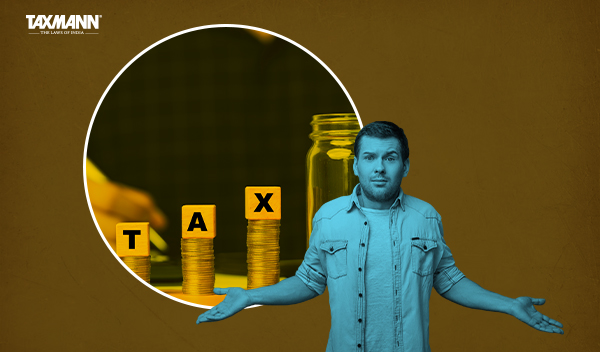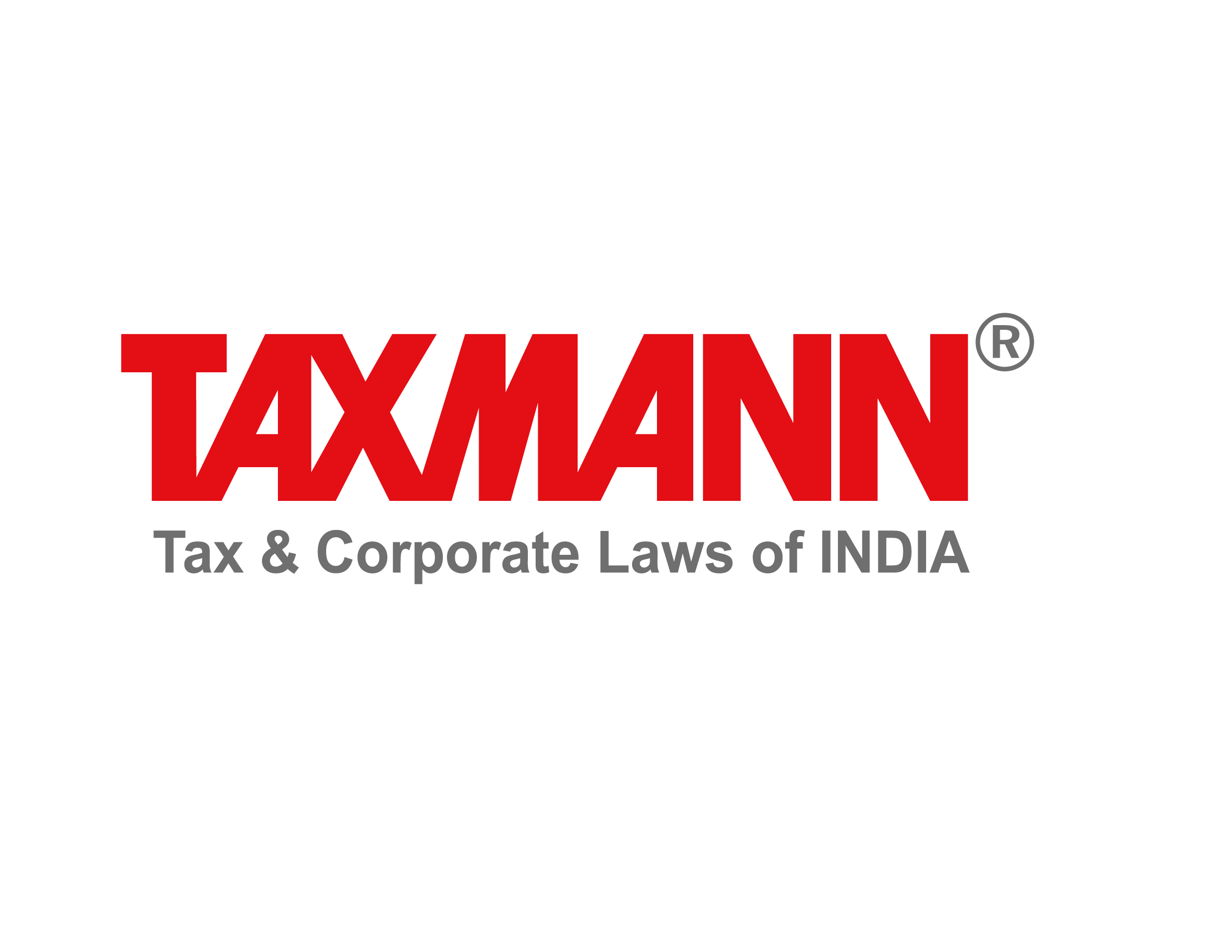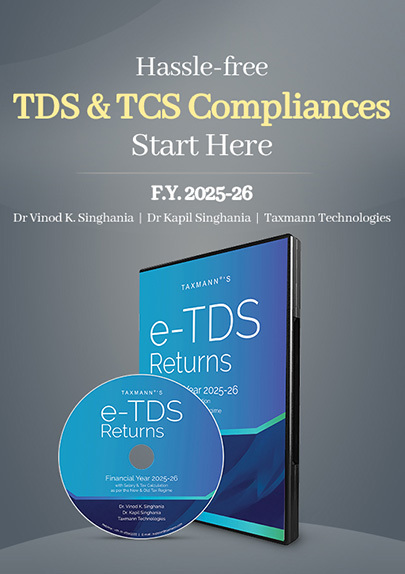[Analysis] Tax-Free Income for AY 2026-27 – Why It’s Rs. 12.50 Lakh—Not Rs. 12.75 Lakh
- Blog|Advisory|Income Tax|
- 4 Min Read
- By Taxmann
- |
- Last Updated on 26 April, 2025

While the government proudly announced a tax-free income threshold of ₹12.75 lakh under the new regime, a closer look at the fine print reveals a different story. Due to a legislative slip aligning Sections 16, 87A, and 115BAC, the actual tax-free income may be capped at ₹12.50 lakh. Here’s how a drafting error could cost taxpayers ₹25,000 in expected relief—and what clarification we can expect next.
Table of Contents
- New Tax Regime Under Section 115BAC
- Rebate Under Section 87A
- Standard Deduction Under Section 16
- Clarification and the Way Forward
Rs. 12,75,000.
This is the figure for tax-free income for the assessment year 2026-27.
This figure was quoted everywhere – on the Parliament Floor, in Government Press Releases, and in Newspapers. What if we tell you that this figure will be Rs. 12,50,000? This was an unexpected discovery.
But why? Let’s begin from the basics.
The tax-free income of Rs. 12.75 lakhs is not the sacrosanct relief available to all taxpayers. But only for small taxpayers. There is a different rule book for small taxpayers and large taxpayers. An employee earning up to Rs. 12.75 lakhs will be a small taxpayer and will not pay any tax on his income. This is not straightforward but broken down into the following –
- An employee is earning a salary of Rs. 12.75 lakhs.
- He opts for the alternate tax regime of Section 115BAC.
- He claims a standard deduction of Rs. 75,000 from the salary income instead of Rs. 50,000 allowed under the old tax regime.
- The tax on the remaining income of Rs. 12 lakhs will be Rs. 60,000 as per the tax rate announced in the budget.
- He claims a Section 87A rebate of Rs. 60,000, resulting in a net tax liability of nil.
Isn’t it a picture-perfect situation?
No, because the three characters in this story could not work together to deliver a picture-perfect situation. These characters are Section 16, Section 87A and Section 115BAC.
1. New Tax Regime Under Section 115BAC
Section 115BAC outlines the new income tax regime. It provides concessional slab rates compared to the old regime, with fewer deductions and exemptions. Sub-sections (1) and (1A) provide the tax rates for the taxpayers opting for the new tax regime.
Section 115BAC(1) applied from AY 2021–22 to AY 2023–24, offering a fixed set of tax rates.
Section 115BAC(1A), introduced by the Finance Act 2023 and modified subsequently, outlines revised rates applicable from AY 2024–25 onward. This sub-section contains three clauses defining the tax rates as follows –
- Clause (i) specifies the tax rates for the assessment year 2024–25
- Clause (ii) specifies the tax rates for the assessment year 2025–26
- Clause (iii) specifies the tax rates for the assessment year 2026–27 (inserted via the Finance Act 2025)
2. Rebate Under Section 87A
In a significant move aimed at easing the tax burden on the middle class, the Union Budget 2025 introduced key changes to the rebate structure under Section 87A. Finance Minister Nirmala Sitharaman announced an increase in the rebate amount under the new tax regime—from Rs. 25,000 to Rs. 60,000—effectively raising the tax-free income limit from Rs. 7 lakh to Rs. 12 lakh.
3. Standard Deduction Under Section 16
Though no deduction or exemption is allowed for taxpayers opting for the new tax regime, a standard deduction from salary income is allowed under the new tax regime. Typically, salaried employees are allowed a standard deduction of Rs. 50,000 under Section 16(ia). Recognising the need for parity and further incentivising the new tax regime, the Finance (No. 2) Act 2024 introduced a proviso to Section 16(ia) to allow an enhanced standard deduction of Rs. 75,000—but with a caveat.
The language of the proviso under Section 16(ia) specifies that the higher deduction applies only when income is computed under clause (ii) of Section 115BAC(1A)—i.e., for AY 2025–26. Unfortunately, the provision fails to mention clause (iii), which governs the tax rates for AY 2026–27. This limits the standard deduction to Rs. 50,000 in the AY 2026-27. Consequently, the actual tax-free income limit for AY 2026–27 stands at Rs. 12.50 lakh, not Rs. 12.75 lakh as initially communicated. It seems this is a drafting error as it contradicts the statements by the Finance Minister and the Income Tax Department. The situation calls for prompt clarification or correction to ensure the intended relief reaches taxpayers as promised.
4. Clarification and the Way Forward
This is believed to be an unintentional error—a legislative oversight rather than a policy shift. Not just Section 16(ia), a similar amendment is missed in the proviso to Section 57(iia), which allows a deduction from the family pension.
The government has three viable courses of action to address the issue. First, a corrigendum can be issued to fix this drafting mistake. It is quick and does not require parliamentary approval. However, it is suitable only if the error is minor and non-substantive. Second, the President can promulgate an ordinance because the Parliament is not in session. Last, an amendment act can be passed during the monsoon session.
Disclaimer: The content/information published on the website is only for general information of the user and shall not be construed as legal advice. While the Taxmann has exercised reasonable efforts to ensure the veracity of information/content published, Taxmann shall be under no liability in any manner whatsoever for incorrect information, if any.

Taxmann Publications has a dedicated in-house Research & Editorial Team. This team consists of a team of Chartered Accountants, Company Secretaries, and Lawyers. This team works under the guidance and supervision of editor-in-chief Mr Rakesh Bhargava.
The Research and Editorial Team is responsible for developing reliable and accurate content for the readers. The team follows the six-sigma approach to achieve the benchmark of zero error in its publications and research platforms. The team ensures that the following publication guidelines are thoroughly followed while developing the content:
- The statutory material is obtained only from the authorized and reliable sources
- All the latest developments in the judicial and legislative fields are covered
- Prepare the analytical write-ups on current, controversial, and important issues to help the readers to understand the concept and its implications
- Every content published by Taxmann is complete, accurate and lucid
- All evidence-based statements are supported with proper reference to Section, Circular No., Notification No. or citations
- The golden rules of grammar, style and consistency are thoroughly followed
- Font and size that’s easy to read and remain consistent across all imprint and digital publications are applied





 CA | CS | CMA
CA | CS | CMA
